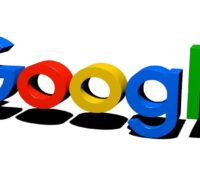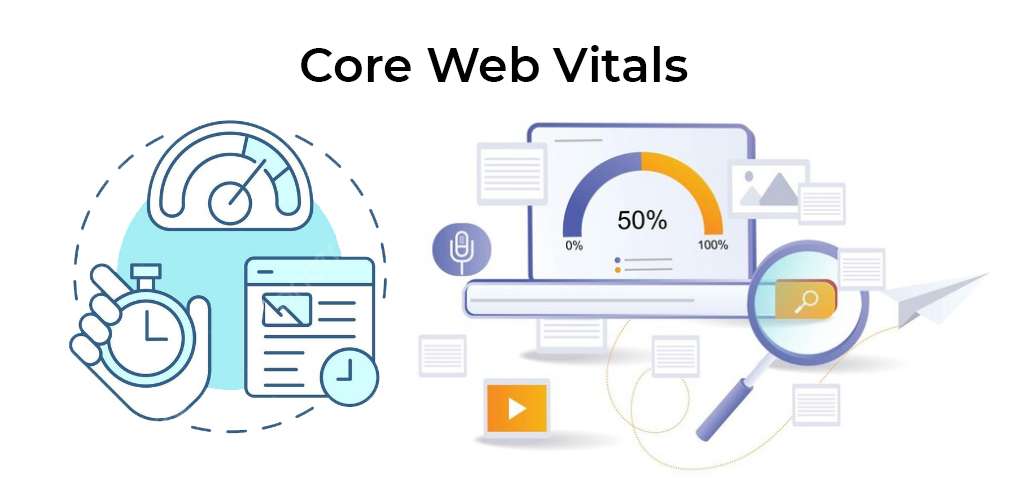One of the most hotly contested issues in search engine optimization (SEO) is whether to focus on keywords with a large search volume or ones with less competition. Both approaches have unique benefits and drawbacks, and the choice to prioritize one over the other frequently comes down to your objectives, available resources, and the type of organization you run. In order to assist you decide how best to optimize your website, this blog article will examine the benefits and drawbacks of both approaches.
Recognizing Search Volume and Competition
The term “search volume” describes how frequently a specific keyword is searched for during a specified period of time, usually a month. An opportunity to draw a sizable audience to your website is presented by a high search volume, which shows that many people are looking for that keyword. Conversely, less popular terms are looked for less often, although this does not always imply that they are not useful. Targeting these can occasionally result in more specialized, specialty traffic.
Competition, on the other hand, refers to how many other websites are competing for the same keyword. High competition means that many businesses or websites are trying to rank for the same keyword, making it harder to achieve a top position on the search engine results pages (SERPs). Low competition suggests that fewer websites are vying for that keyword, which could give you a better chance of ranking higher.
The Argument in Favor of Keywords with High Search Volume
Without a doubt, focusing on terms with a large search traffic will greatly expand your website’s potential audience. Theoretically, you may draw in more visitors by ranking for a term that more people are searching for. Businesses hoping to produce a lot of leads, sales, or website traffic may find this especially alluring.
Broader terms that are appealing to a large audience are typically high-volume keywords. For instance, a keyword like “buy shoes online” would probably have a large search volume if you were operating an online shoe business. You might attract a lot of visits if you were to rank for this term.
The fierce competition, however, is the largest obstacle to focusing on high-volume terms. Since many well-known websites and big companies already rank for certain keywords, it is more difficult for new or smaller websites to become noticed. Because of this, optimizing for high-volume keywords frequently necessitates a substantial investment of time and resources, which may not be possible for everyone, particularly small enterprises or startups with tight budgets.
The Argument in Favor of Low Competition Keywords
Low competition keywords, sometimes known as “long-tail keywords,” are extremely focused and typically have fewer searches. These keywords typically target a specific population with a high conversion rate due to their obvious search intent. In contrast to “buy shoes online,” a long-tail term such as “buy vegan leather shoes for women size 8” may have a significantly lower search volume, but it is more focused and caters to a specific consumer demographic.
The main advantage of concentrating on low-competition keywords is that ranking for them is frequently simpler. Because there is less competition due to fewer websites focusing on these terms, you have a better chance of achieving a high ranking in the SERPs with less work and expense. Furthermore, because these keywords are more focused, the traffic they bring in is usually more qualified, increasing the likelihood that visitors will complete a form, make a purchase, or subscribe to a newsletter.
Targeting low-competition keywords has the drawback that their search volume is frequently smaller. Even if there will be fewer visitors overall, it’s crucial to remember that high-quality traffic is frequently more lucrative. Targeting long-tail keywords may prove to be a more viable long-term approach for companies operating in fiercely competitive sectors since it enables you to establish authority and carve out a niche.
Keeping Low Competition and High Search Volume in Check
For most organizations, a balanced approach may be the best course of action rather than concentrating only on keywords with low competition or high search volume. You may increase your chances of generating both huge traffic numbers and well quality leads by focusing on both kinds of keywords.
Using high-volume keywords is one strategy to build brand awareness and draw in a large audience. In the end, these keywords might help position your website as a trustworthy resource in your sector, even though it could take longer to rank for them. Targeting long-tail, low-competition keywords, on the other hand, can increase the amount of qualified traffic that is immediately available and more likely to convert.
This can be achieved by optimizing for both primary and secondary keywords. Your high-volume aims may be primary keywords, while your long-tail, low-competition searches may be secondary keywords. They combine to create a comprehensive plan that offers you the best of both worlds.
How to Choose the Appropriate Website Keywords
Understanding your audience and matching your keyword approach to your business objectives are essential for SEO success. To begin, find keywords that are pertinent to your business by performing in-depth keyword research. To identify keywords with a good balance of search volume and competitiveness, use tools like as Ahrefs, SEMrush, or Google Keyword Planner.
After determining your target keywords, research the competitors. Determine whether you have the resources necessary to contend with bigger competitors for high-volume keywords. Look for keywords that fit your demographic and niche to find low-competition terms.
Keep in mind that SEO is a long-term endeavor, and outcomes might not appear right away. For both high-traffic and low-competition keywords, your results will progressively improve if you consistently provide high-quality content and work on your on-page SEO (such as optimizing titles, meta descriptions, and header tags).
In conclusion
There is no one-size-fits-all solution in the argument between optimizing for keywords with low competition and those with high search traffic. Both approaches present particular advantages and difficulties. While low-competition keywords are easier to rank for and frequently generate more qualified leads, they may have a smaller search volume than high-volume keywords, which can generate substantial traffic but are quite competitive.
The best course of action for the majority of organizations is to develop a comprehensive keyword strategy that incorporates both kinds of phrases. Targeting both low-competition and high-volume keywords can help you draw in a large audience and generate high-quality, conversion-oriented traffic. You’ll be well on your way to long-term success as long as you concentrate on providing value to your audience and continuously improving your SEO strategy.










